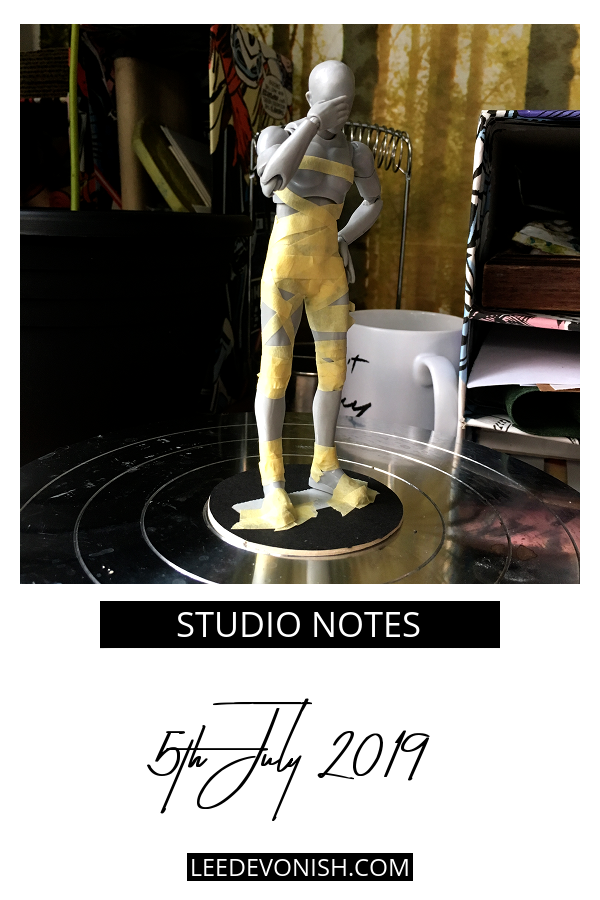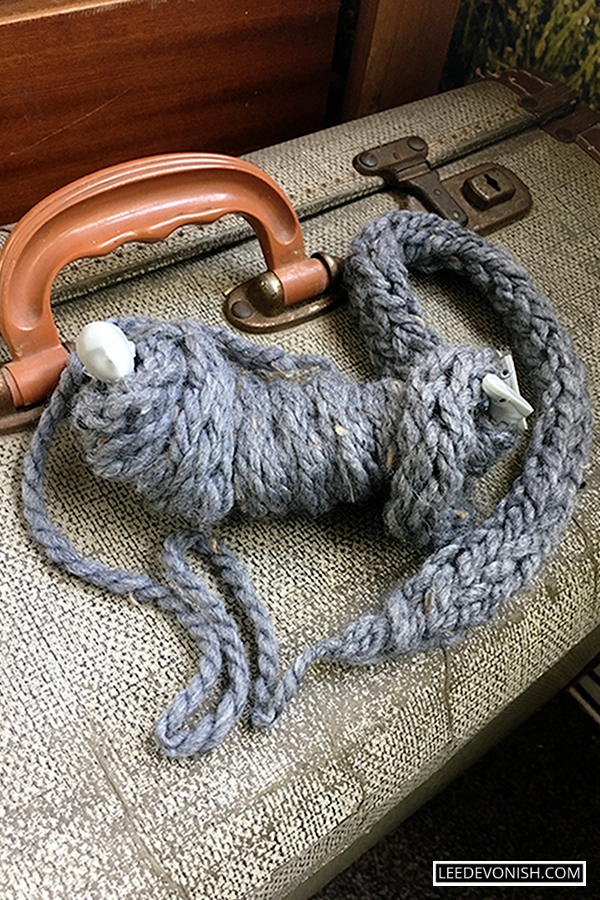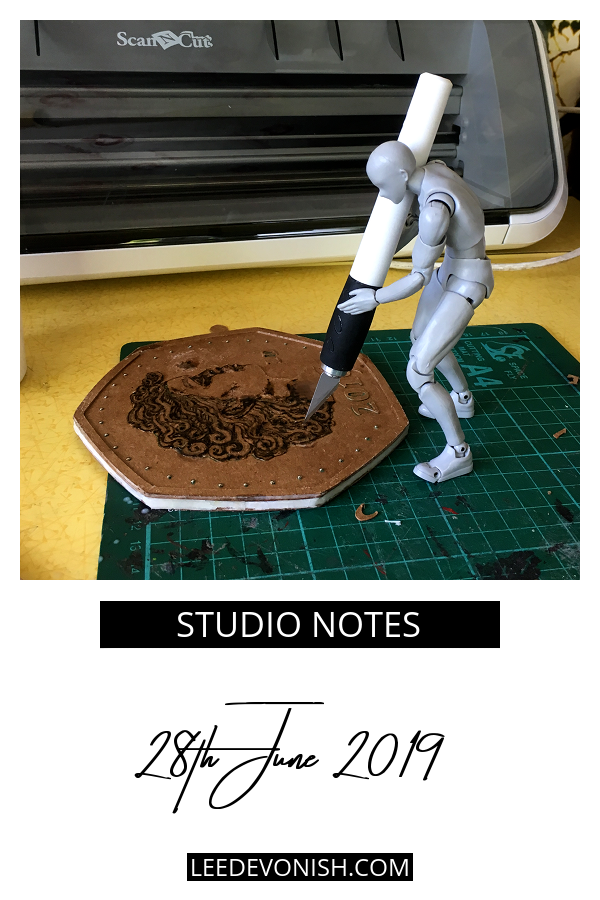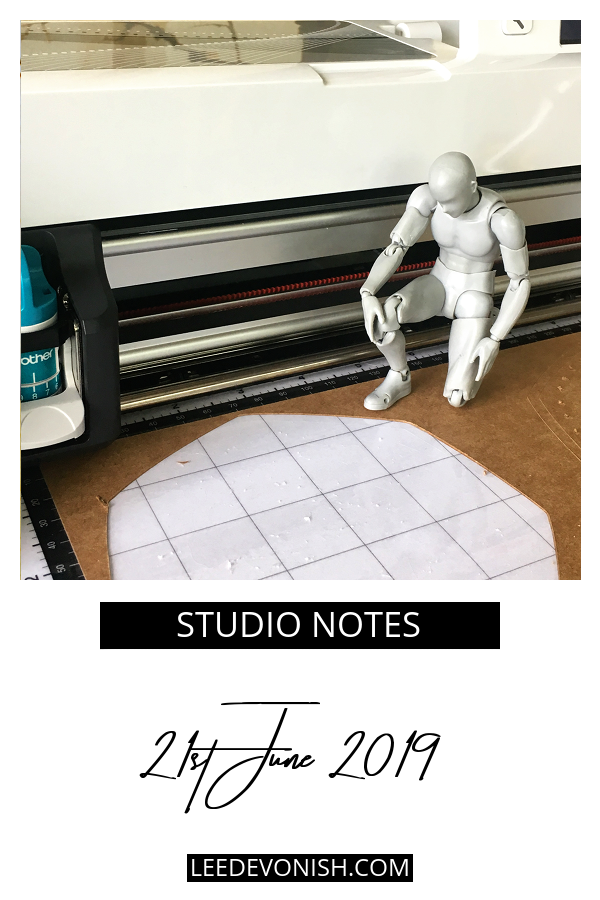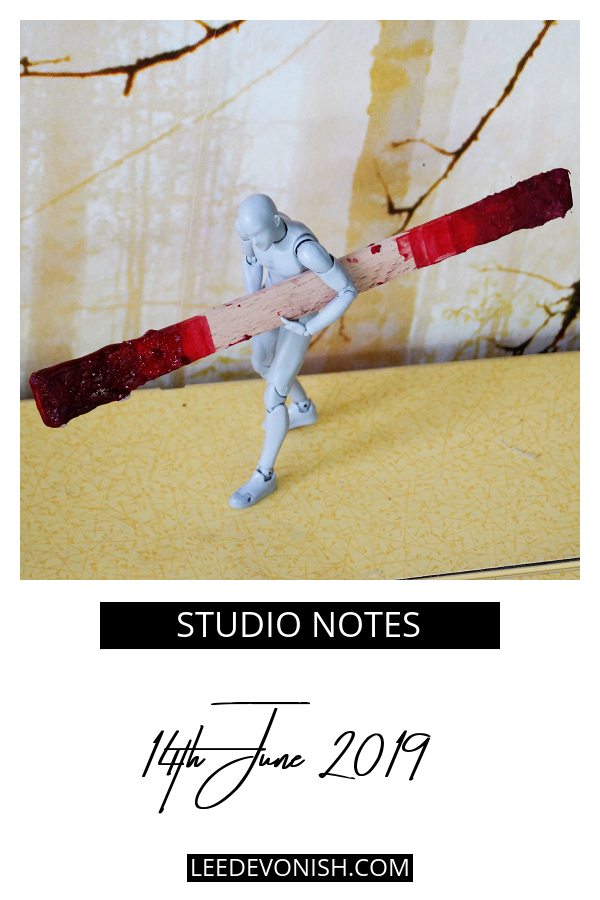Good news – my self-published paperback journals arrived and they look great!
Mould making, like home baking
One of the things I had to do immediately when I poured my new silicone mould was to figure out how to actually pour liquid metal into it without ending up covered in liquid metal. It’s a pretty important thing to work out.
Beforehand, I used to rely on clamps, straps, screws or bungee cords, but now I have a system – a springform cake tin.
Yes friends, it works. I made the original mould in a biscuit tin (there’s a clear food trend here, I know) but I was forced to cut the tin away to de-mould it. So with that gone, I had to use some DIY acetoxy cure silicone to bulk up the high temperature silicone mould and keep it rigid inside the springform tin.
If you’re going to do this, remember that you have to make the DIY silicone second. You can’t pour this high temperature silicone into or onto an existing acetoxy cure silicone form, because the acetoxy cure silicone will stop the high temperature silicone from curing properly.
So far I’ve been experimenting with vents and gates, and pouring inclines – trying things out to see what I can get away with, and which methods give which results… all to figure out how to control the process as much as possible.
I need a hotplate…
Last week I coated my kitchen with wax and this week I’m back to melting pewter. I really need to get a tiny stovetop to live in my studio, but I don’t know if an electric hotplate ring will do the job for heating pewter.
It’s so easy to adjust the melting process with a gas flame – I don’t know if an electric ring can do as good a job with my wonky pound-shop bought pots that probably don’t have flat bottoms any more.
Is that going to be my next purchase? Maybe, maybe not – let’s see if I get evicted from the kitchen by the end of next week.

